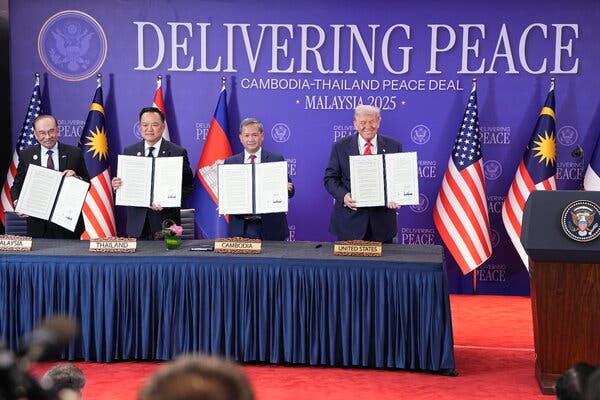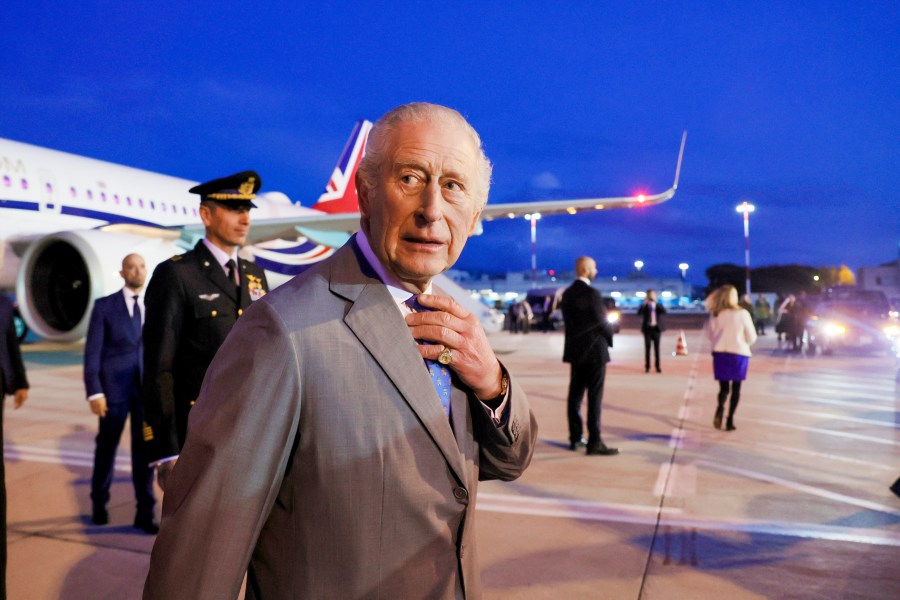President Donald Trump has signed a peace agreement with Cambodia and announced a trade deal with Thailand, marking significant diplomatic strides during his visit to Southeast Asia. The agreements signify a commitment to enhancing regional stability and economic cooperation. This visit, which took place on June 16, 2023, also sets the stage for upcoming discussions between Trump and China’s leader, Xi Jinping.
The peace pact with Cambodia aims to strengthen bilateral relations and facilitate dialogues on various issues, including security and trade. The agreement is seen as a step towards ensuring a more stable political landscape in the region. The specifics of the deal include commitments to cooperation in areas such as education and infrastructure development, which are crucial for Cambodia’s growth.
In addition to the peace agreement, Trump announced a critical minerals deal with Thailand, focusing on enhancing supply chains for essential resources. Both countries will collaborate to ensure a reliable supply of minerals necessary for technology and energy sectors. This agreement is expected to provide a significant boost to Thailand’s economy, as well as strengthen the United States’ position in the global minerals market.
As Trump prepares for discussions with Xi Jinping, the agreements with Cambodia and Thailand are viewed as vital stepping stones. The talks with the Chinese leader will address ongoing trade tensions and strategic competition in the Asia-Pacific region. Analysts suggest that the outcomes of these negotiations could have far-reaching implications for U.S.-China relations and the broader geopolitical landscape.
According to official statements from the White House, the administration remains committed to fostering partnerships in Southeast Asia. The recent agreements are part of a broader strategy to counterbalance China’s influence in the region.
Trump’s visit has garnered attention not only for its diplomatic achievements but also for the potential economic benefits it may bring to the involved nations. As the United States seeks to strengthen ties with Southeast Asia, the agreements are positioned as critical components of a long-term vision for regional collaboration.
The coming days will be crucial as the implications of these agreements unfold. With talks with Xi Jinping on the horizon, the world will be watching to see how these developments influence U.S. foreign policy and its approach to international trade and security.






